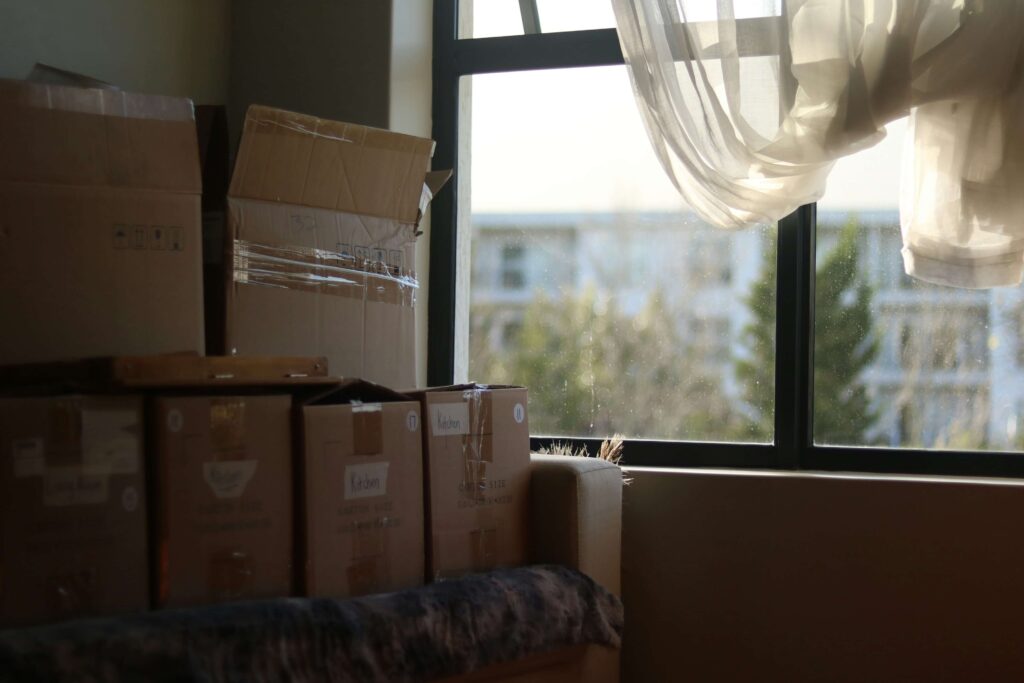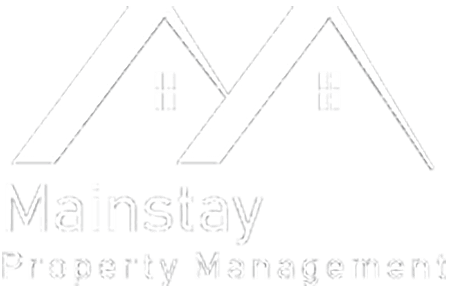Tenant turnover is one of the highest costs for Anne Arundel County landlords, which can greatly affect their overall ROI. However, when you learn how to reduce tenant turnover, you can earn more from your rental property year after year.

What is tenant turnover, exactly?
Tenant turnover is when tenants move out of a rental property when their lease ends and the landlord replaces them with a new tenant.
However, this requires time, money, work, and patience. It could result in an entire month – or even two – of a vacant property, resulting in lost income.
So, how do you reduce tenant turnover and make the most out of your rental property income? We’ve compiled a list of proven methods to retain current tenants to reduce costs and maximize your investment.
The True Cost of Tenant Turnover
Before we dive into the effective methods to reduce tenant turnover, you must first understand the true cost of replacing a tenant.
Landlords can spend up to a thousand dollars or more on finding a new tenant.
Some of the costs associated with tenant turnover include:
- Professional cleaning services
- Repainting services
- Repairing damages
- Leasing agent fees
- Rental property marketing
- Cost of vacancy
You can avoid these costs by focusing on retaining tenants and reducing tenant turnover.
How to Reduce Tenant Turnover
Reducing tenant turnover requires a change in your mindset. Rather than focusing on the next tenant, turn your attention to your current tenant by creating a pleasant space and experience for them.
Thorough Tenant Screening Process
Before you allow a potential tenant to move into your rental property, it’s crucial that you conduct a thorough tenant screening process.
Review their credit score, employment history, and proof of income, and speak with references, such as previous landlords.
When you verify the tenants are reliable, respectful, and likely to pay rent on time, you will avoid tenant issues and evictions.
Finding a good tenant is tricky. Once you’ve found one, hold on to them as long as possible!
Offer Convenient Rent Collection Methods
Long gone are the days of writing a check each month and mailing it to your landlord. One way to reduce tenant turnover is by collecting rent electronically.
However, be careful which methods you decide to use. Venmo and PayPal are convenient, but so is rental property software and it’s much easier to keep track of.
Either way, the easier their experience living in your rental property is, including being able to pay rent in a few clicks, the more likely they will renew their lease.
Respond to Repair Requests Quickly
One of the most common issues between landlords and tenants is the time it takes to resolve repair requests.
To avoid negative feelings and experiences, acknowledge maintenance requests as soon as possible. Take the necessary steps to make the repair and keep your tenants updated on the progress.
If the problem cannot be fixed quickly, offer temporary solutions if possible. Your tenants will surely be grateful.
Valuable and Convenient Amenities
Your rental property should be in great condition and provide valuable and convenient amenities to your tenants. These can include a washer and dryer in the unit, modern appliances, storage space, and parking.
When your tenant has everything they need to feel comfortable and at home, they won’t have a reason to look for another apartment when their lease ends.
Avoid High Rent Increases
Rent increases are common, especially with the current real estate and rental markets.
Landlords typically raise rent yearly to keep up with operation costs, property tax increases, and the real estate market.
However, raising the rent too much could become a hardship for your tenants, resulting in them looking for a more affordable place to live.

Offer Lease Renewal Incentives
When the lease is up for renewal, offer current tenants an incentive to renew it and stay for another year.
This could include a utility in the rent, such as Internet or water, or a discount on one month’s rent. Additionally, you could raise the rent less than originally proposed if they plan to renew.
Build a Good Landlord-Tenant Relationship
One of the most effective ways to reduce tenant turnover is to form a good relationship with your tenants.
You don’t have to become best friends, but a kind and professional relationship goes a long way.
Keep an open line of communication and be prompt with your responses. Treat your tenants as you would like to be treated if you were renting your home.
Long-Term Lease Benefits
A quick solution to reduce tenant turnover is offering long-term leases immediately. It isn’t uncommon for landlords to offer two or three-year leases, especially to tenants with children.
These long-term agreements can mean that you will not have annual tenant turnover and can save on operational costs.
A benefit you can offer with a long-term lease is the promise not to raise rent or have a rent increase limit stated in the agreement.
Hire Reliable Anne Arundel County Property Management
The number one secret to reducing tenant turnover is hiring a property management company to handle your rental’s maintenance and day-to-day tasks.
A reliable property manager offers professional customer service to your tenants, coordinates maintenance and repairs, increases your property’s value, and ensures your rental complies with federal and local regulations.
As a part-time independent landlord, you may not have the resources to provide your tenants with everything they need in a timely manner. You may be unable to answer a maintenance request if you’re out of town on a business trip.
A property manager is always available to your tenants; it’s their job!
Property managers can provide a pleasant and professional experience for your tenants, resulting in them renewing their leases.
Retain More Tenants with Mainstay Property Management Company
When you trust Mainstay Property Management to take care of your Anne Arundel County rental property, you trust us to reduce tenant turnover.
As the leading property management company in Anne Arundel County, we work to maximize our owners’ ROI by retaining tenants, cutting operational costs, and setting an accurate rental price.
If you found this article helpful, make sure to read Landlord’s Guide to Making Reasonable Accommodations to Rental Property next!

